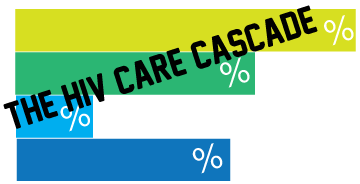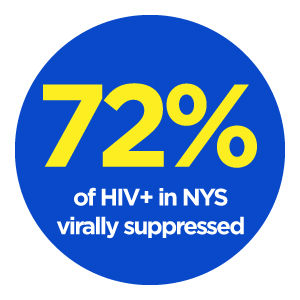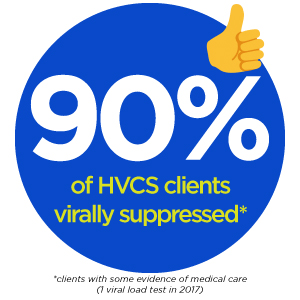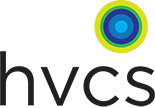 Have you heard of the HIV Care Cascade?
Have you heard of the HIV Care Cascade?
Essentially, the HIV Care Cascade is a way we can measure the effectiveness of HIV treatment among HIV-positive people. The Cascade uses viral suppression as a measurement–and viral suppression is the medical state in which the number of copies of HIV in a person’s blood is so small that it can’t be detected by the best tests we have. If someone is virally suppressed, they can’t infect anyone else with HIV, so it’s good for them and their sexual partners!
The Cascade is an analysis of the steps or stages of HIV medical care that people living with HIV go through from initial diagnosis to achieving viral suppression. The metrics were developed by New York State’s “End the Epidemic” (ETE) Task Force to track and report to the public the state’s progress on the initiative.
There are four key metrics in the Cascade, including: the number of individuals who are diagnosed with HIV; the number who have evidence of medical care during the year; the number who are retained in care (visiting a doctor more than once per year), and the number who are virally suppressed.
So, how are we doing? Since you can apply the HIV Care Cascade to different groups, let’s look at New York State as a whole and HVCS clients.
As for NY, numbers are improving…
 the overall state average of viral suppression is 72% of HIV-positive clients who received at least one viral load test in 2017.
the overall state average of viral suppression is 72% of HIV-positive clients who received at least one viral load test in 2017.

But HVCS clients are beating the average. We recently compiled our own HIV Cascade for the first time, using 2017 data from some (not all) of our programs. 90% of HVCS clients with evidence of some medical care (they received at least one viral load test in 2017) are virally suppressed!
We work as hard as we can to assist our clients with accessing and staying connected to medical care to keep them–and the whole Hudson Valley–as healthy as possible.

